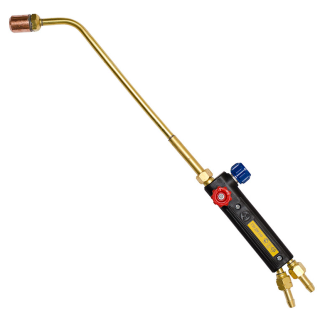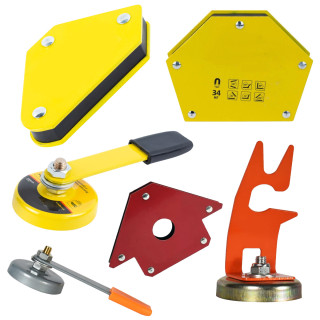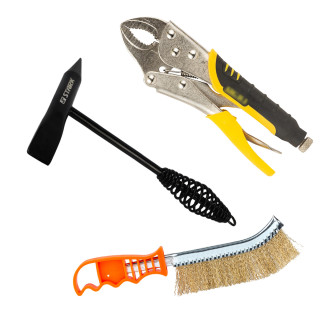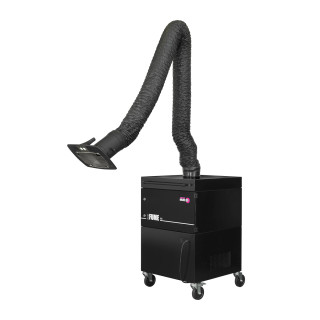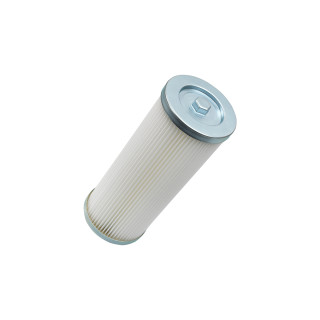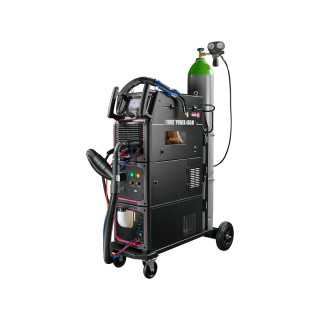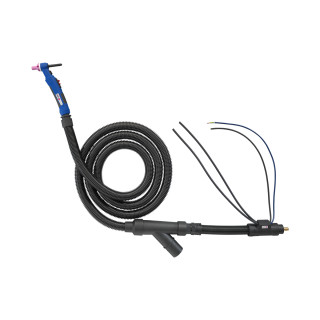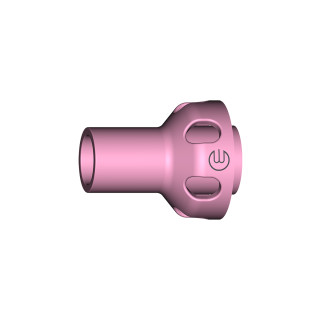How to eliminate minor failures do-it-yourself
 What shall you do if apparatus cut out? Often the reason is human mistake factor – lack of attention during connection or adjustment. Let us start with the most typical of them:
What shall you do if apparatus cut out? Often the reason is human mistake factor – lack of attention during connection or adjustment. Let us start with the most typical of them:
- Apparatus failed to start, power indicator is off:
- check whether the mains plug is connected to the mains, whether there is voltage in the socket;
- it is necessary to check the network cable connection to the input relay unit, to do so, remove the cover from the inverter and look at the connective mains terminals;
- apparatus is in the safe mode caused by excessive mains voltage.
- If apparatus turns on, but does not weld:
- check the supply power network (low input voltage or current below the permissible);
- check the extension cord (must correspond to the device parameters);
- check whether the power relay is turned on (a slight click should be heard when it is turned on);
- for the "P" series unit look in the settings of the device, may be many functions are set to maximum. For return to the plant settings, it is necessary to reset the settings, according to the instructions in certificate of the device.
- If the arc disappears during welding and the yellow LED is on:
- check the device settings (voltage reduction block or welding on a short arc is turned on), reset to plant settings;
- check the supply power network (low input voltage or current below the permissible);
- check the extension cord (must correspond to the device parameters);
- check whether the power relay is turned on;
- the device is in overheat protection mode. Do not turn off the unit so that the fan lowers the temperature.
- Electrode sticks:
- heck polarity of connection;
- check if the electrode is not humid;
- a weak welding mode was selected for this electrode.
- If the wire is not fed:
- check whether the wire has run out;
- check the wire feed by pressing a button on the torch;
- check the wire feed by pressing a button on the machine itself (wire filling), and if it works in this case, then it is necessary repair the button on the torch;
- wire was welded to the contact tip;
- check that the wire feed channel is clean in the torch and that the wire is not crushed in the wire feeder;
- check in the settings of the feeder, whether the motor is not turned off.
- If gas is not supplied:
- check the presence of gas in the cylinder;
- check the gas supply by pressing a button on the torch;
- check the gas supply by pressing the button on the device itself (gas test); if it works in this case, then it is necessary to repair the button on the flexible pipe;
- check that the gas supply valve is not blocked, and whether the channel itself (hose) is interrupted.
- When you press the button on the torch there is no electric current:
- device is not connected to the power network;
- torch is not connected to the unit;
- mains plug of the feeder unit is not connected to the “+” jack.
- When the welding unit badly welds (spits wire):
- check the gas supply;
- pressure of the reducer on the gas cylinder does not correspond to the required one;
- welding torch is damaged;
- rollers or channel do not match diameter of the wire;
- check the correctness of the device settings (volts + wire feed speed);
- reset to plant settings and select the correct mode.
- Molten metal splashing too much:
- incorrect welding mode was selected;
- change angle of the torch;
- проверить целостность шланга подачи газа;
- check the integrity of the gas supply hose;
- check polarity.
- Insufficient weld depth:
- incorrect welding mode was selected;
- reduce wire feed speed;
- check the cleanliness of the edges of the parts being welded;
- use an electrode or wire of smaller diameter.
If these recommendations did not help you, you should contact to the authorized service center PATON™ for a complete diagnosis and repair of equipment.
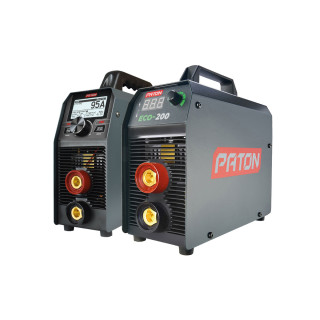
-320x320.jpg)
-320x320.jpg)
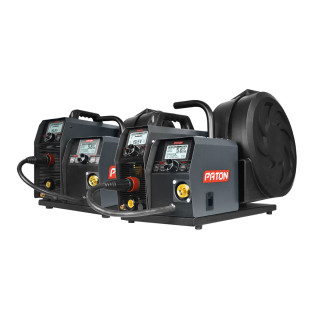
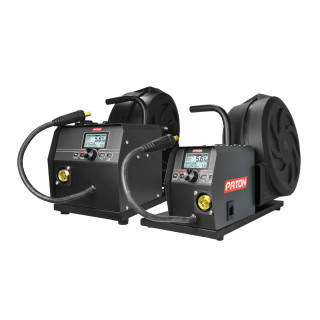
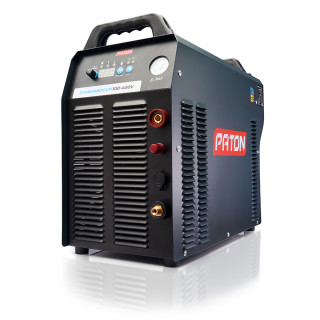


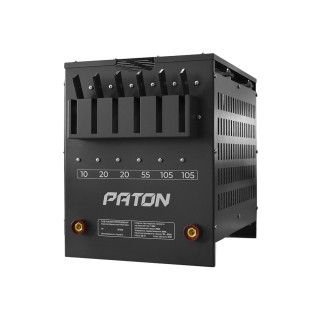

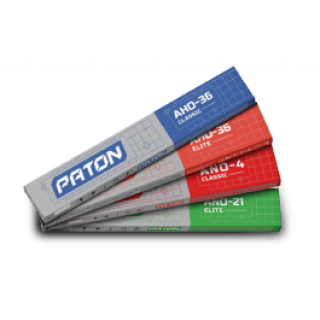

-320x320.jpg)
-320x320.jpg)
-320x320.jpg)




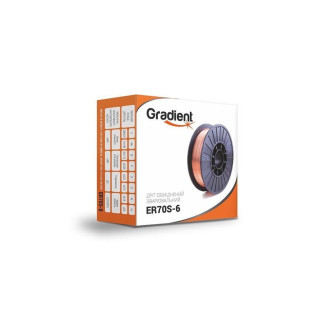

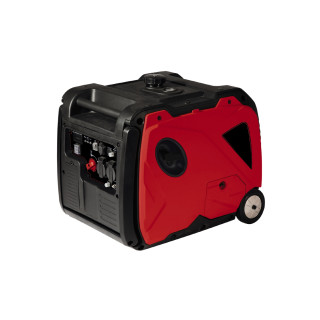
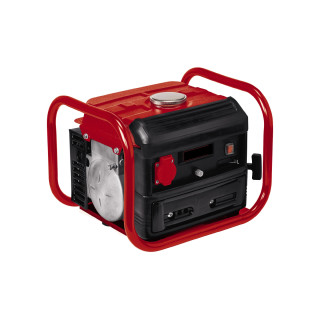
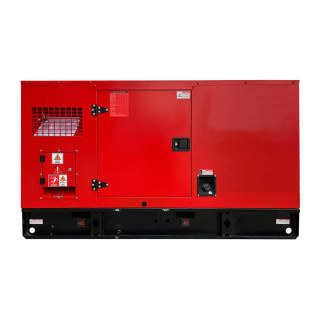
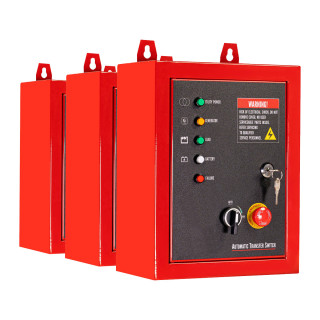
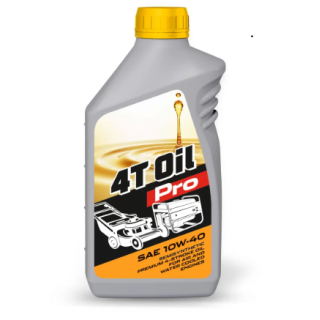
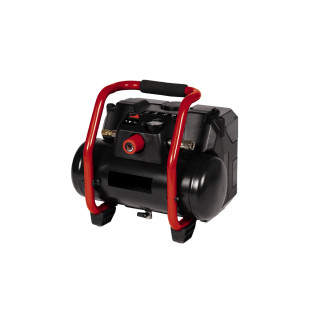
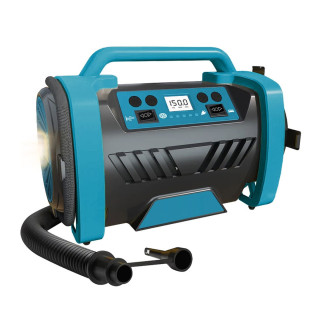


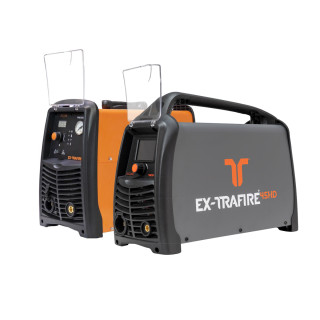
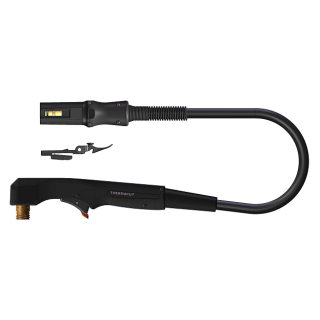
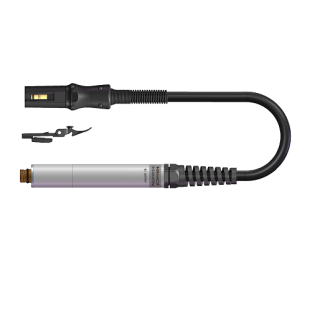
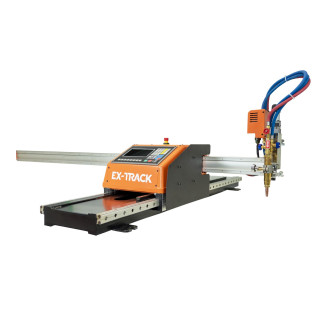
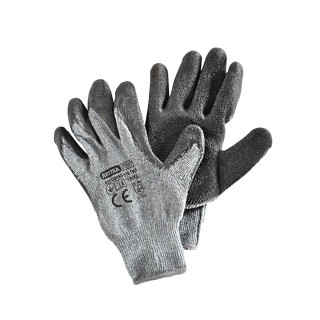




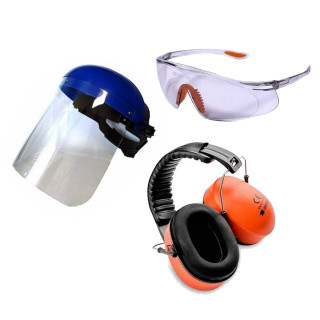


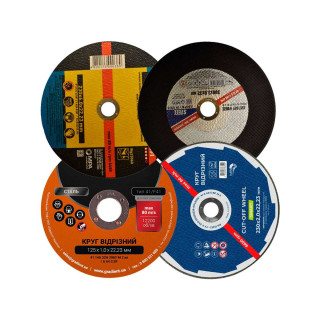





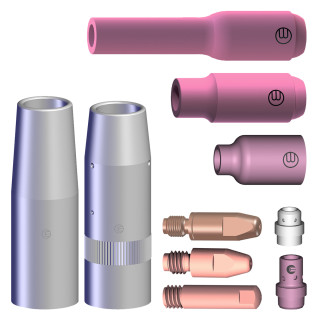




-320x320.jpg)
